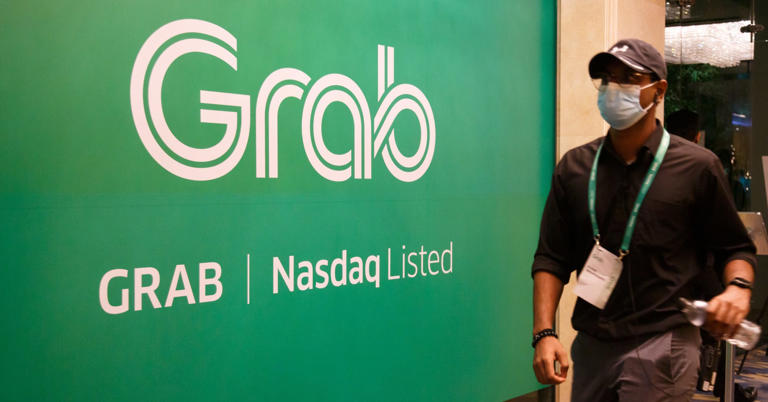key Takeaways:
- Southeast Asian ride-hailing giant Grab achieved its first profitable quarter, recording $11 million in profits.
- This marks a significant turnaround from the $391 million loss reported during the same period a year ago.
- Grab’s CFO, Peter Oey, highlighted in an exclusive CNBC interview the resurgence in mobility, surpassing pre-Covid levels.
- The company is witnessing strong demand in the mobility sector, indicating a positive trajectory for its business.
Grab, the Southeast Asian ride-hailing giant, revealed its first-ever profitable quarter in its fourth-quarter earnings report on Thursday. The company amassed $11 million in profit, a stark contrast to the $391 million loss recorded in the same period a year ago. Grab attributed this turnaround to enhancements in Group adjusted EBITDA, fair value changes in investments, and decreased share-based compensation expenses.
Revenue for the quarter hit $653 million, exceeding LSEG analysts’ estimates of $634.86 million. Losses for full year 2023 came to $485 million, down 72% from $1.74 billion a year ago. In addition to ride-hailing, the company also provides financial services like payments and insurance, as well as deliveries for food, groceries and packages. “We exited [2023 with] mobility exceeding pre-Covid levels. We are seeing a very strong demand in the mobility space,” Grab CFO Peter Oey told CNBC in an exclusive interview on Friday, adding that tourism is “growing very much.” “If you look at the deliveries business, we have another record 13% year-over-year growth. We have now more users on our platform also at the same time. So we have really strong momentum,” he said on CNBC’s “Squawk Box Asia.”
Grab announced Thursday it would be repurchasing up to $500 million worth of class A ordinary shares for the first time. Grab was largely unprofitable during its years of operation, having amassed billions of dollars in losses since its inception in 2012. In the initial years of business, tech startups tend to prioritize growth over profitability, which usually means burning a lot of cash. But with global macro uncertainties slowing growth, they have been forced to renew their focus on profitability and be more prudent with costs.
During the fourth quarter, total incentives — encompassing partner and consumer perks — were further reduced to 7.3% of the total value of goods sold, as Grab disclosed in its report. This marks a decrease from 8.2% in the corresponding period a year ago, “as we continued to enhance the health of our marketplace.”
While Grab had previously offered incentives to lure drivers and passengers to its platform, this practice is now diminishing as the company aims to bolster profitability.
Addressing the prospect of reaching a point where incentives are unnecessary to retain platform users, Oey noted that incentives will “always be a lever” for the business.
“I don’t foresee a scenario where there are no incentives whatsoever,” he informed CNBC, emphasizing that incentives assist “in ensuring we maintain adequate driver supply” and appeal to price-sensitive customers.
For 2024, Grab anticipates revenue to range between $2.70 billion and $2.75 billion, falling short of LSEG analysts’ consensus of $2.8 billion.
On Thursday, Grab’s shares concluded 8.41% lower. Its share price has plunged 75.8% from its $13.06 opening price in December 2021, during the firm’s initial listing on the Nasdaq.
